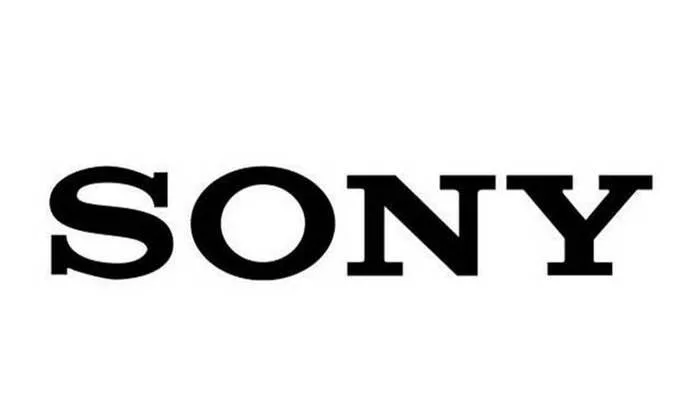
SONY Success Story
Sony Corporation is one of the most influential and innovative technology companies in the world. Its journey from a small Japanese startup to a global powerhouse is a testament to vision, perseverance, and continuous innovation. Founded in the aftermath of World War II, Sony has played a crucial role in shaping the consumer electronics industry, revolutionising entertainment and redefining technological possibilities.
For entrepreneurs and startup enthusiasts, Sony’s success story offers invaluable lessons on adaptability, risk-taking, and the pursuit of excellence. The company has consistently demonstrated an ability to anticipate trends, invest in R&D, and bring groundbreaking products to market. By analysing its history, we gain insight into how a startup can evolve into a market leader through resilience, innovation, and strategic decision-making.
Founding and Early Years
Sony’s origins date back to 1946, when Masaru Ibuka and Akio Morita established Tokyo Tsushin Kogyo (Tokyo Telecommunications Engineering Corporation) in Japan. With limited capital and resources, the duo set out to rebuild Japan’s war-torn economy through technology. Their first product was an electric rice cooker, which failed commercially but set the foundation for future experiments in consumer electronics.
Their breakthrough came in 1950 with Japan’s first tape recorder, which marked the beginning of Sony’s commitment to innovation. By 1958, the company rebranded as Sony, a name derived from the Latin word “sonus” (sound) and the colloquial “sonny,” reflecting its youthful energy. This period laid the groundwork for a culture of technological ingenuity and risk-taking that would define the company’s future.
Expansion and Innovation
During the 1960s and 1970s, Sony aggressively expanded into international markets and established itself as a pioneer in consumer electronics. The launch of the world’s first transistor television in 1960 was a milestone, solidifying Sony’s reputation for technological leadership. Around this time, the company also entered the US market, a bold move that set the stage for its global ambitions.
The real game-changer arrived in 1979 with the release of the Walkman. This portable cassette player redefined personal entertainment, allowing users to enjoy music anywhere. It became a cultural icon and a commercial success, selling hundreds of millions of units worldwide. The Walkman’s success demonstrated Sony’s ability to foresee consumer desires and create products that resonated deeply with audiences.
Sony continued to innovate with products like the Betamax video cassette recorder, which, despite losing the format war to VHS, showcased the company’s willingness to push boundaries. Its focus on research and technological advancements allowed it to remain competitive even when certain products did not achieve commercial dominance.

Global Expansion and Brand Building
By the 1980s and 1990s, Sony had cemented itself as a global brand, known for its high-quality electronics and forward-thinking approach. The company’s acquisition of CBS Records in 1988 and Columbia Pictures in 1989 marked a strategic shift towards media and entertainment, expanding its influence beyond hardware into content production.
The launch of the PlayStation in 1994 was another defining moment in Sony’s history. Entering the gaming industry, the company disrupted the market and created one of the most successful gaming franchises in history. The PlayStation brand became synonymous with innovation and high-performance gaming, solidifying Sony’s presence in the entertainment industry.
Through strategic marketing and a strong emphasis on brand identity, Sony built a reputation for premium quality and cutting-edge technology. This focus on brand-building helped the company navigate the competitive landscape of consumer electronics while maintaining customer loyalty.
Key Moments and Technological Breakthroughs
Sony’s impact on the world of technology is undeniable, with several key moments shaping its legacy. The introduction of the Trinitron colour television in 1968 set a new standard for display quality and dominated the market for decades. It was a testament to Sony’s commitment to innovation and technological excellence.
The release of Blu-ray technology in the 2000s was another major breakthrough. While competing against HD DVD, Sony successfully positioned Blu-ray as the industry standard for high-definition media. This success reinforced its ability to shape industry trends and influence technological adoption.
Additionally, Sony played a critical role in the development of mirrorless cameras, challenging the dominance of DSLR manufacturers. Its Alpha series revolutionised photography and videography, making high-quality imaging more accessible and further establishing Sony as an industry leader in multiple technological domains.
Current Developments and Market Impact
Today, Sony remains at the forefront of technological innovation, focusing on gaming, entertainment, and electronics. The PlayStation 5 continues to dominate the gaming industry, reinforcing the company’s stronghold in interactive entertainment. Sony has also invested heavily in artificial intelligence, sensor technology, and electric vehicle components, showcasing its adaptability to emerging trends.
The company’s emphasis on sustainability and eco-friendly production has become a core part of its strategy. Initiatives such as carbon-neutral manufacturing and recyclable product design demonstrate its commitment to responsible business practices. These efforts align with evolving consumer expectations and regulatory demands.
As Sony moves forward, its legacy as an innovator and trendsetter remains intact. For startups and entrepreneurs, its journey serves as an inspiring case study on how vision, perseverance, and continuous reinvention can drive long-term success in a competitive marketplace.
